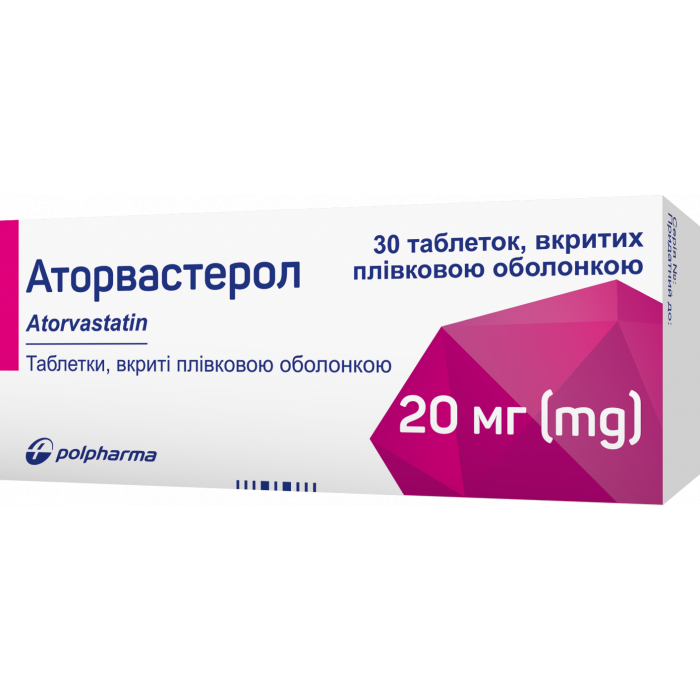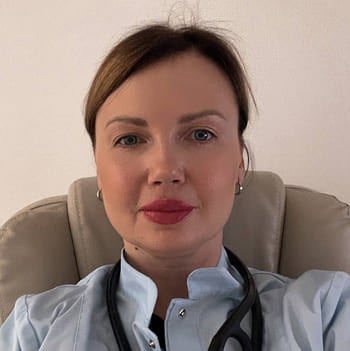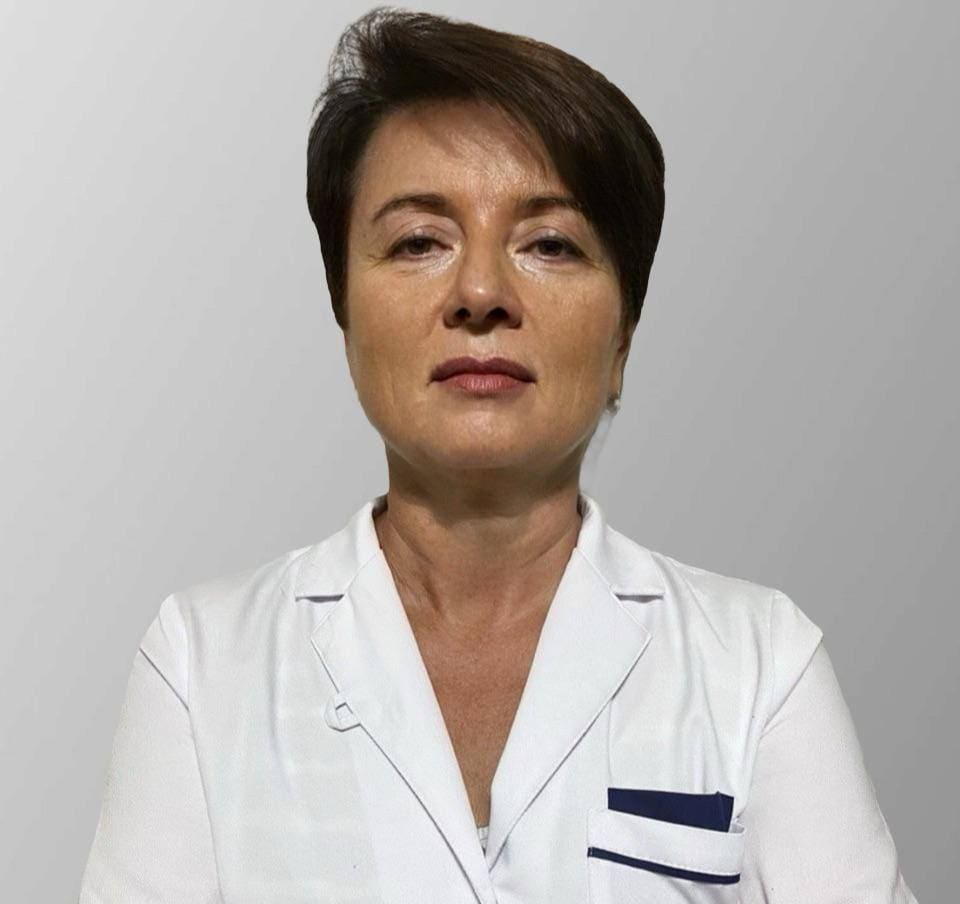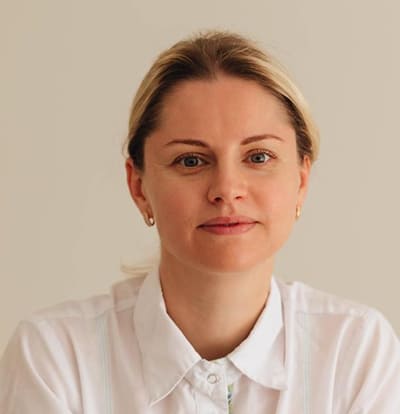

ATORVASTEROL KOMBI

Ask a doctor about a prescription for ATORVASTEROL KOMBI

How to use ATORVASTEROL KOMBI
INSTRUCTIONS for medical use of the medicinal product PEN-HERPEVIR®(PEN-HERPEVIR)
Composition
active substance: penciclovir; 1 g of cream contains penciclovir in terms of 100% substance - 10 mg; excipients: polyethylene glycol (macrogol) cetostearyl ether, cetearyl alcohol, purified water, propylene glycol, white soft paraffin, mineral oil.
Pharmaceutical form
Cream.
Main physical and chemical properties
Cream of white or almost white color.
Pharmacotherapeutic group
Chemotherapeutic agents for topical application. Antiviral preparations.
ATC code D06B B06.
Pharmacological properties
Pharmacodynamics
Penciclovir exhibits high selectivity in vivo and in vitro against human herpes viruses Herpes simplex (type 1 and 2), including acyclovir-resistant strains with altered DNA polymerase, Varicella zoster virus, as well as Epstein-Barr and cytomegalovirus. In virus-infected cells, penciclovir is rapidly converted to triphosphate (with the participation of thymidine kinase induced by the virus). Penciclovir triphosphate is retained in virus-infected cells for more than 12 hours, where it inhibits the replication of viral DNA, i.e. much longer than acyclovir. By blocking the replication of the virus, penciclovir significantly reduces the healing time, even after the development of papules and vesicles, reduces painful sensations and the duration of the crust formation period, which occurs under the influence of the virus. The half-life is 9, 10, and 20 hours in cells infected with Varicella zoster, Herpes simplex type 1, and Herpes simplex type 2 viruses, respectively. In uninfected cells treated with penciclovir, the concentration of penciclovir triphosphate is practically not determined. Thus, penciclovir does not affect uninfected cells.
Pharmacokinetics
When applied externally, 1% cream concentration of penciclovir in plasma and urine is not quantitatively determined.
Clinical characteristics
Indications
Herpes labialis (cold sore).
Contraindications
Increased sensitivity to penciclovir, famciclovir, or other components of the preparation (e.g. propylene glycol).
Interaction with other medicinal products and other types of interactions
No interactions have been found when using PEN-HERPEVIR®with other medicinal products (local or systemic action).
Special instructions
The cream should be applied only to the areas affected by herpes on the lips or skin around the mouth. It is not recommended to apply the cream to mucous membranes (e.g. eyes, mouth, nose, or genitals). Particular caution should be exercised to avoid getting the cream into the eyes or areas around them.
If after 4 days of cream therapy the symptoms of the disease have not disappeared, you should consult a doctor.
To prevent the spread of the virus to other parts of the body and not to infect other people, the following rules should be observed:
- always wash your hands before and after touching the affected area;
- store the tube with cream in the original packaging, do not allow other people to use the cream;
- try not to puncture the vesicles that form as a result of prolonged viral action;
- try not to rub your eyes (the virus can affect the cornea of the eye);
- avoid kissing, especially with children;
- avoid sharing items through which the virus can spread: towels, cups, tableware, cigarettes.
The cream contains cetearyl alcohol, which can cause local skin reactions (e.g. contact dermatitis). The cream also contains propylene glycol, which can cause skin irritation.
Patients with immunodeficiency (e.g. AIDS or bone marrow transplant recipients) should consult a doctor who can determine the need for therapy with orally administered agents.
Use during pregnancy or breastfeeding
Since clinical studies have shown a minimal level of systemic absorption of penciclovir after topical application, there are no concerns about the use of the cream during pregnancy or breastfeeding. However, as the safety of penciclovir during pregnancy or breastfeeding has not been tested, the preparation should be used during this period only after consulting a doctor, when the expected benefit of use for the mother outweighs the potential risk to the fetus/child.
Information on the penetration of penciclovir into breast milk is not available.
Fertility
There are no data on the effect of penciclovir on fertility in humans. Animal studies have not shown any effect on fertility with topical application of penciclovir.
Ability to affect reaction speed when driving vehicles or other mechanisms
No effect of the preparation on the ability to drive vehicles or other mechanisms has been noted.
Method of application and doses
For adults (including elderly patients) and children aged 12 years and older.
The cream should be applied every 2 hours (except during sleep).
The treatment course is 4 days. Treatment is preferably started as soon as possible, when the first signs of infection development appear. Before applying the cream, hands should be washed.
The cream should be applied with a clean finger in the amount necessary for the size of the affected skin area.
Children
The safety and efficacy of the preparation in children under 12 years of age have not been established.
Overdose
With topical application, overdose is unlikely. Even in the case of accidental oral ingestion of the contents of the entire package, no undesirable phenomena will be observed, since the oral absorption of penciclovir is low. However, irritation of the oral mucosa is possible. There is no need for specific therapeutic measures in case of accidental oral use of the contents of the entire package.
Adverse reactions
The frequency of adverse reactions is classified as follows:
- very often (≥ 1/10);
- often (from ≥ 1/100 to < 1/10);
- uncommonly (from ≥ 1/1000 to < 1/100);
- rarely (from ≥ 1/10000 to < 1/1000);
- very rarely (< 1/10000);
- frequency unknown (cannot be estimated from available data).
The cream was well tolerated in clinical trials. The most common adverse reactions were reactions at the site of cream application.
General disorders and administration site conditions: often (≥ 1/100, < 1/10): reactions at the application site (including pain at the application site, hypesthesia, burning sensation, tingling, numbness).
During post-marketing surveillance, the following adverse reactions were found (all reactions were local or generalized). The frequency of adverse reactions based on post-marketing data is difficult to calculate, so the frequency of such reactions is estimated as unknown.
- Immune system disorders: frequency unknown: hypersensitivity reactions, including urticaria.
- Skin and subcutaneous tissue disorders: frequency unknown: allergic dermatitis (including rash, itching, blisters, and swelling, including face and lips).
In addition, cases of contact dermatitis (as a reaction to cetearyl alcohol) and irritation at the application site (as a reaction to propylene glycol) are possible. No cases of increased photosensitivity (pigmentation due to exposure to ultraviolet radiation on areas of skin treated with the cream) were observed during clinical trials of the PEN-HERPEVIR®cream.
Reporting suspected adverse reactions
Reporting adverse reactions after registration of a medicinal product is important. This allows monitoring the benefit/risk ratio of the use of this medicinal product. Medical and pharmaceutical workers, as well as patients or their legal representatives, should report all cases of suspected adverse reactions and lack of efficacy of the medicinal product through the automated information system for pharmacovigilance at: https://aisf.dec.gov.ua.
Shelf life
3 years.
Storage conditions
In the original packaging at a temperature not exceeding 30 °C.
Store in a place inaccessible to children.
Packaging
2 g in a tube. 1 tube in a pack.
Release category
Without a prescription.
Manufacturer/applicant
Kyivmedpreparat, PJSC.
Location of the manufacturer and address of the place of its activity/applicant's location and/or representative of the applicant
Ukraine, 01032, Kyiv, Saksaganskogo Street, 139.
- Country of registration
- Active substance
- Prescription requiredYes
- Manufacturer
- This information is for reference only and does not constitute medical advice. Always consult a licensed doctor before taking any medication. Oladoctor is not responsible for medical decisions based on this content.
- Alternatives to ATORVASTEROL KOMBIDosage form: tablets, 20mg+10mgActive substance: atorvastatin and ezetimibePrescription requiredDosage form: tablets, 40mg+10mgActive substance: atorvastatin and ezetimibeManufacturer: Хенніг Арцнайміттел ГмбХ & Ко. КГPrescription requiredDosage form: tablets, 10 tablets in a blisterActive substance: atorvastatin and ezetimibeManufacturer: Мепро Фармасьютикалс Пріват ЛімітедPrescription required
Alternatives to ATORVASTEROL KOMBI in other countries
The best alternatives with the same active ingredient and therapeutic effect.
Alternative to ATORVASTEROL KOMBI in Spain
Alternative to ATORVASTEROL KOMBI in Poland
Online doctors for ATORVASTEROL KOMBI
Discuss dosage, side effects, interactions, contraindications, and prescription renewal for ATORVASTEROL KOMBI – subject to medical assessment and local rules.










